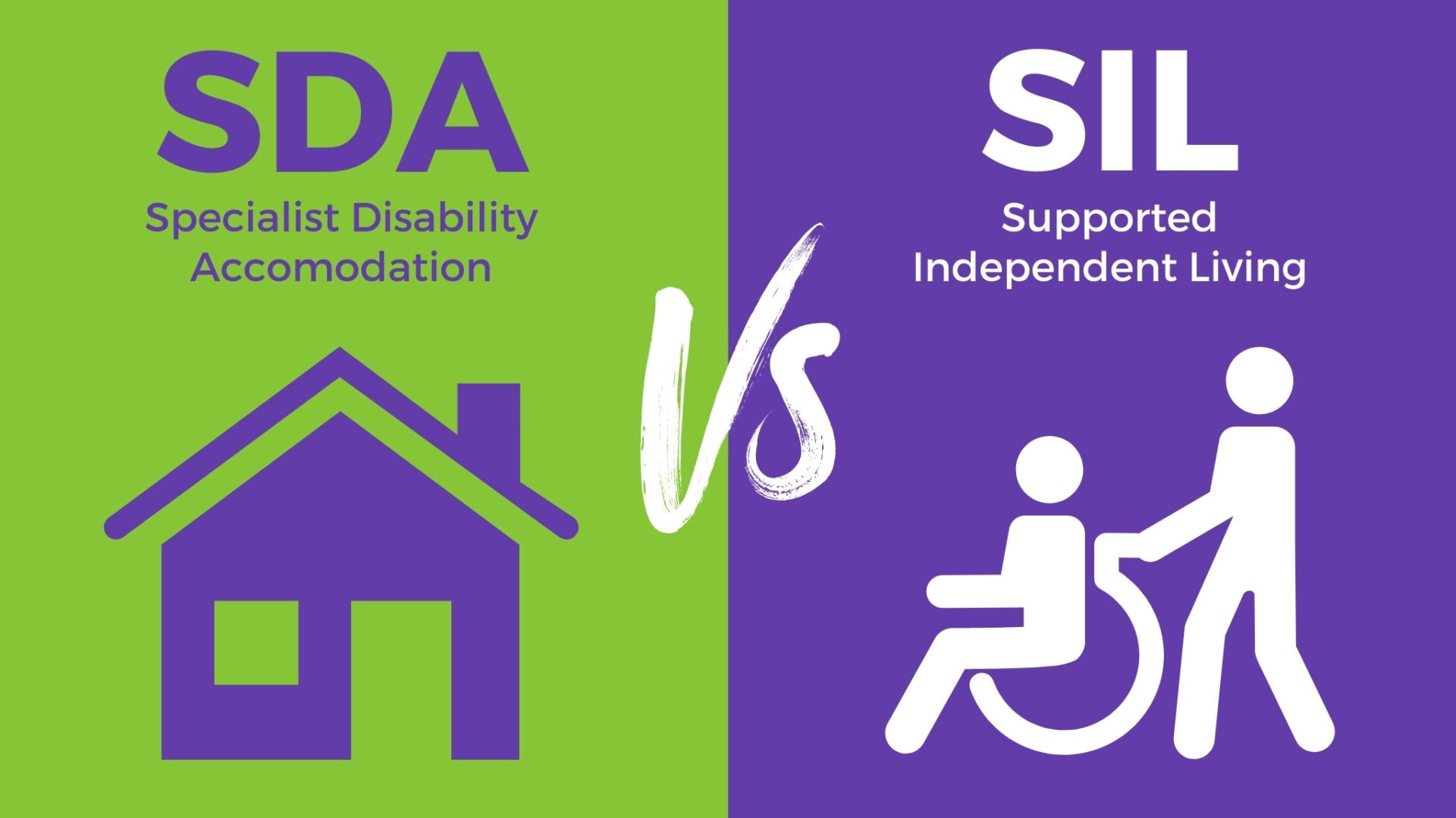Understanding the Difference Between SDA and SIL

At Access 2 Place, we know that navigating the National Disability Insurance Scheme (NDIS) can sometimes feel confusing. Two terms you might come across often are Specialist Disability Accommodation (SDA) Provider and Supported Independent Living (SIL) Provider. These are two very different types of support that work together to help you live independently and safely in your home. Let’s break down what they mean.
What is the Role of a Specialist Disability Accommodation (SDA) Provider?
Access 2 Place is your SDA provider, delivering fit-for-purpose, accessible homes designed for individuals with high support needs under the NDIS. Our role is to ensure your home meets strict accessibility standards, allowing you to live safely and independently.
Access 2 Place does not offer support services (SIL), giving you full choice and control over who provides your care.
What is Specialist Disability Accommodation (SDA)?
SDA refers to specially designed homes for people with very high support needs or significant disabilities. The NDIS provides funding to cover the cost of these homes so you can live in a home that suits your needs. It helps you to live more independently and allows other supports to be delivered better and more safely. However, it’s important to know that SDA funding only covers the cost of the building itself & disability modifications. It doesn’t cover things like alterations, your personal care, bills or rent.
To be eligible for SDA, you need to have a NDIS plan that confirms you meet the SDA requirements and funding criteria. You must also have either an extreme functional impairment or very high support needs.
This funding ensures that homes are built and maintained to meet your specific needs. SDA homes are built to make life easier, but they do not provide day-to-day support.
What is Supported Independent Living (SIL)?
While SDA covers the home you live in, Supported Independent Living (SIL) helps with your daily tasks and personal care.
SIL is the paid personal supports you need to assist you throughout the day for things like showering, dressing, cooking, or cleaning.
SIL is designed to help you live as independently as possible, while also building skills that can make daily tasks easier. It’s especially helpful for people who need a lot of support throughout the day, and this support can happen whether you live on your own or with others.
Like SDA, SIL also does not pay for your bills, groceries or rent, but it ensures you have the help you need to manage your day-to-day life.
How do SDA and SIL work together?
If you qualify for both SDA and SIL, they workhand-in-hand. Your SDA funding provides you with a home that suits your needs, while your SIL funding ensures you get the daily support you require to live in that home.
For example, you might live in an SDA home that has wheelchair ramps and wider doorways, and through SIL, you could have someone help with tasks like personal care and meal preparation.
Both SDA and SIL aim to help you live a more independent life, but they cover different aspects of your housing and support.
In Summary:
- SDA covers the cost of the home that has been built or modified to meet your accessibility needs.
- SIL covers the personal support you need each day to live as independently as possible.